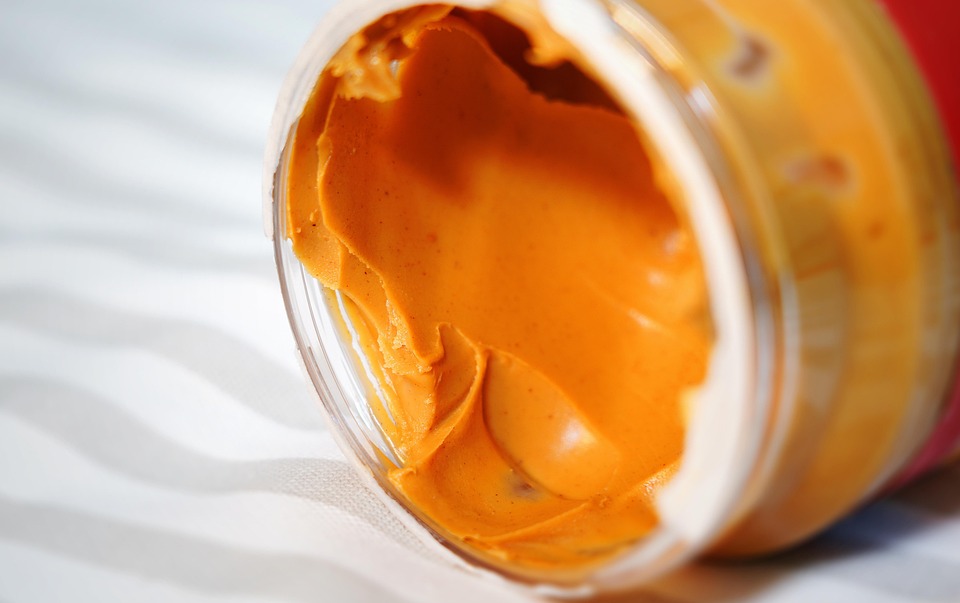As the world grapples with climate change, biodiversity loss, and resource depletion, the environmental impact of our dietary choices has become increasingly important. One significant contributor to these environmental issues is the dairy industry. While dairy products are a staple in many diets, understanding their environmental impact compels many individuals to consider a dairy-free lifestyle. This article delves into the various ways dairy farming affects the planet and outlines the benefits of choosing a dairy-free diet for both the environment and our health.
The Environmental Footprint of Dairy Farming
1. Greenhouse Gas Emissions
The livestock sector is among the largest sources of greenhouse gas emissions, and dairy cows play a significant role in this. Methane, a potent greenhouse gas, is released during digestion through a process called enteric fermentation. Beyond methane, dairy farming contributes to carbon dioxide and nitrous oxide emissions from manure management and feed production. Research indicates that dairy production can generate two to three times more greenhouse gases per unit of protein than plant-based alternatives.
2. Water Usage
Dairy farming is resource-intensive, particularly concerning water use. It takes an average of 1,000 liters of water to produce just one liter of milk, factoring in the water needed for growing feed crops. This high water demand can lead to local water shortages, especially in arid regions where many dairy farms are located. By contrast, plant-based diets generally require significantly less water. For instance, producing almond milk or oat milk uses a fraction of the water needed for dairy milk.
3. Land Use and Deforestation
The vast land required for grazing dairy cows and cultivating feed crops contributes to deforestation and habitat destruction. In many parts of the world, forests are cleared to make way for pastureland, dramatically affecting local ecosystems. This deforestation diminishes biodiversity, disrupts habitats, and contributes to soil erosion. Transitioning to dairy-free options can reduce the demand for land used in livestock farming and help preserve vital ecosystems.
4. Soil Degradation and Pollution
Intensive dairy farming practices can lead to soil degradation due to overgrazing and the heavy application of fertilizers and pesticides. Manure runoff can contaminate local waterways, leading to nutrient pollution, which causes algal blooms and disrupts aquatic ecosystems. By choosing a plant-based diet free from dairy, individuals can support agricultural practices that promote soil health and reduce water pollution.
The Advantages of a Dairy-Free Lifestyle
1. Reduced Carbon Footprint
By opting for dairy-free alternatives, individuals can significantly reduce their carbon footprint. Plant-based milks, cheeses, and yogurts produce fewer greenhouse gas emissions, making them more sustainable choices. This shift can collectively contribute to significant environmental benefits.
2. Conserving Water Resources
Choosing dairy-free options conserves valuable freshwater resources. As consumers demand less water-intensive products, agriculture can adapt to utilize water more sustainably, ultimately benefiting both consumers and the planet.
3. Supporting Biodiversity
By reducing the land needed for dairy farming, transitioning to a dairy-free diet helps protect forests and habitats, fostering biodiversity. This change can contribute to healthier ecosystems and mitigate the loss of wildlife.
4. Promoting Health
Adopting a dairy-free lifestyle not only benefits the environment but can also improve individual health. Research suggests that a plant-based diet may lower the risk of chronic diseases such as heart disease, obesity, and type 2 diabetes. Many plant-based products are rich in nutrients, offering diverse options for a balanced diet.
Conclusion
The environmental impact of dairy farming is profound and multifaceted. By becoming more aware of the consequences of dairy consumption, individuals have the power to make choices that benefit both their health and the planet. Transitioning to a dairy-free lifestyle is not just a dietary preference; it’s a step toward a more sustainable future. As consumers, we can drive demand for plant-based alternatives that pave the way for innovative solutions in agriculture, ultimately leading to a healthier planet for future generations. Making the switch may seem daunting at first, but every small change contributes to larger systemic shifts that can help mitigate the environmental challenges we face today.



